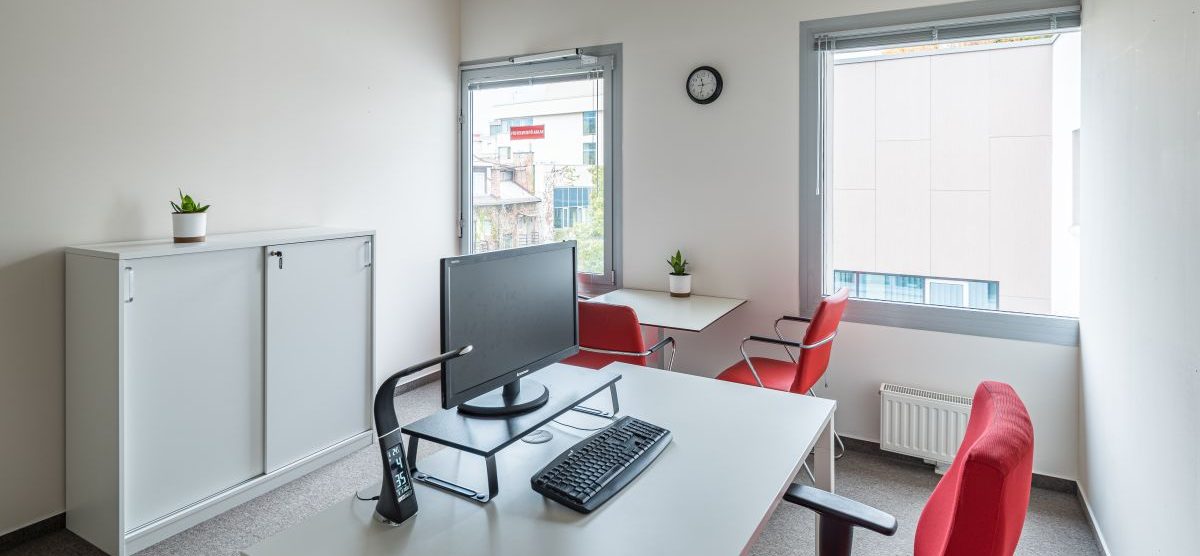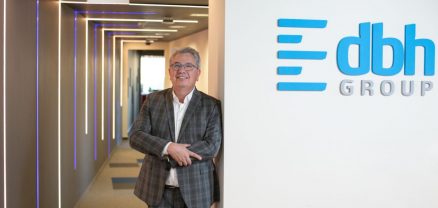How Offices Are Adapting to the Aging Workforce
By 2030, it’s expected that one in six people in the world will be aged 60 years or older, as reported by the UN. This demographic shift is reshaping workplaces across industries, and organizations need to adapt effectively to remain competitive. For HR leaders, business owners, and workspace designers, one key priority is crafting inclusive and functional office environments for aging employees.
This blog will explore the needs of an aging workforce, outline ergonomic solutions, discuss flexible work arrangements, and highlight strategies for creating an age-inclusive workspace. If you’re looking for actionable insights to address these pressing concerns, keep reading.
The Needs of an Aging Workforce
An aging workforce brings both challenges and opportunities. Many older employees are skilled, productive, and loyal but may face physical, technological, or cultural barriers in modern workplaces. Understanding their needs is the first step toward fostering a more adaptable and inclusive office environment.
Common Challenges for Older Employees:
- Physical strain: Conditions like arthritis, back pain, or reduced mobility may make it difficult for older employees to stay comfortable in traditional workspaces.
- Cognitive changes: Aging can affect memory, focus, and processing speed, requiring tools to aid task completion efficiently.
- Technology adaptation: Rapid shifts in work management software, online tools, or digital communication can be intimidating without proper training.
Why this matters: Organizations that prioritize inclusivity for older employees gain access to a wealth of experience, knowledge-sharing, and mentorship opportunities that can positively impact broader team dynamics.
Ergonomic Office Solutions
Creating an ergonomically supportive environment is a critical step toward accommodating the aging workforce. Ergonomic design minimizes physical strain and enhances overall productivity, making it a worthwhile investment.
Adjustable Workstations
Height-adjustable desks allow employees to alternate between sitting and standing, reducing the risk of pain associated with standard office setups. Pair these with ergonomic chairs featuring lumbar support and customizable settings to ensure proper posture.
Anti-Fatigue Mats
For employees who prefer standing desks, anti-fatigue mats can reduce discomfort and the risk of leg fatigue, improving comfort throughout the day.
Task Lighting Solutions
Age-related vision changes can make reading documents or using screens challenging. Equip workspaces with adjustable, glare-free task lighting to minimize eye strain and create optimal visibility.
Keyboards and Mouse Options
Offer ergonomically designed keyboards and mice to reduce strain on joints, particularly for employees managing conditions like arthritis or carpal tunnel syndrome.
Noise-Control Tools
Use noise-canceling panels, carpets, or soundproofing solutions to create quieter workspaces. Excessive noise can be particularly disruptive to older employees, impacting their ability to focus.
By proactively integrating ergonomic solutions, offices can create versatile workspaces that cater to employees of all ages.
Flexible Work Arrangements
The rise of remote work and hybrid office models presents an excellent opportunity to tailor flexible work arrangements for older employees. Providing flexibility can improve retention rates and job satisfaction.
Remote Work Options
Older employees often find home setups more conducive to productivity, especially if they face mobility challenges or work better in quieter spaces. Allowing remote work can alleviate the pressures of commuting and maintaining extended office hours.
Part-Time Roles or Job Sharing
Offering part-time schedules or job-sharing arrangements supports aging employees seeking to balance personal and professional responsibilities without overextending themselves.
Flexible Hours
Flex-time arrangements allow employees to work during the hours they feel most productive. This adjustment acknowledges individual needs—such as managing health appointments—and promotes better performance.
Taking a flexible approach not only leads to greater employee well-being but can also reduce absenteeism and increase overall engagement.
Creating an Age-Inclusive Workspace
Designing an age-inclusive workplace goes beyond furniture and scheduling policies; it’s about fostering a culture where employees of all generations feel valued.
Training and Upskilling Initiatives
Provide regular training programs focused on technological fluency and emerging trends, ensuring older employees can adapt seamlessly to workplace changes. Make these sessions collaborative and engaging to inspire confidence.
Mentorship Programs
Older employees bring years of insights and expertise that can benefit younger team members. Establish structured mentorship programs where they can share skills, boost cross-generational understanding, and remain active contributors to company growth.
Promote Intergenerational Collaboration
Teams that span multiple age groups often benefit from varied perspectives and innovation. Promote collaboration through open discussions, group projects, or skill-sharing opportunities.
Clear Policies Against Age Discrimination
Implement and enforce policies addressing unconscious bias or discriminatory behavior. Education and awareness campaigns can help employees recognize the value older workers bring to the organization.
Easy Accessibility and Workplace Design
- Install elevators, ramps, handrails, and automatic doors to ensure full access to facilities.
- Create common spaces conducive to rest or informal collaboration, including comfortable seating areas.
- Designate ergonomic break areas to support physical and mental well-being.
Why Investing in Aging Employees is Good for Business
Adapting to the needs of an aging workforce isn’t just ethical – it also makes financial sense. Companies with inclusive practices often experience improved retention rates, reduced training costs for new hires, and access to high-caliber talent. Additionally, fostering diversity enhances a company’s reputation, both internally and externally.
By enabling older workers to thrive, organizations position themselves for long-term success.
Next Steps for Forward-Thinking Workplaces
The future workplace will require flexibility, inclusivity, and meaningful engagement for all generations – starting now. Whether you’re designing a new office or revising HR policies, the key is to anticipate and accommodate the evolving needs of your team members.
Looking to create an inclusive office environment? Consider consulting workspace designers or industry experts who specialize in ergonomics and collaborative design.
By addressing these key factors, your organization moves one step closer to achieving a balanced, innovative, and age-diverse workforce worthy of the challenges ahead.

Do not hesitate to contact us
Get in touch, if you have any question

